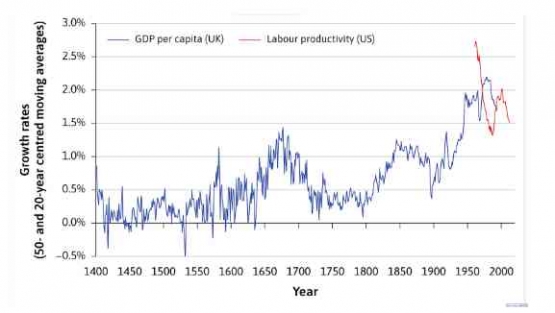
Should the Government increase its spending on R&D?
Before jumping into this question, we must first take a look at the urgency and important element of government intervention. The provision of government-funded research is in a uniquely good position to take on high-risk, long-term projects, because it does not need to guarantee short-term returns. One of the examples would be the Space Race, an extensive battle of research and experiments to gain superiority in the space industry between the United States and the Soviet Union. In fact, all of our daily life products are mostly pioneered by government funding on early-stage research. The creation of the Internet in 1969 was from a project funded by the Defense Advanced Research Projects Agency (DARPA). Not to mention the GPS system, touch screens, and computer mouse, which are also part of the result of US government-funded research (Janeway, 2012). It also can make findings from research available publicly, diffusing new technologies much faster than those patented in the private sector.
From these examples, Mariana Mazzucato, pioneer of the so-called "Mission Economy", argues that the government plays a crucial role in supporting research and start-up technology companies. It goes beyond filling in the gaps where the market might not invest due to uncertain or distant returns, but also influences and shapes the activities of the private sector. According to her perspective, strategic investments made by the US government have contributed to the dominance of American companies in cutting-edge industries like digital technology and biotechnology.
However, on the other hand, government officials, who may not be specialists in technology, may have difficulties assessing the profitability of an investment or the likelihood of success, and hence may not make sound investment decisions. Therefore, it is essential for governments to also undertake public consultations with industry specialists in their investment decisions.
Then, one question may also arise, "Does an effective innovation system always align with centralized government intervention?"
The answer to the right institution lies in the characteristics held by the innovation process. As Jonathan Haskel and Stian Westlake argue, with the comparison between the Apollo program and the Rollaboard suitcase. When the synergies aspect (higher value from the combination with other property) is more dominant, decentralized markets and competition could be fostered in order to enhance the research and development process. Robert Plath, who was a pilot, had a clever idea: he decided to attach wheels to his suitcase. This simple innovation demonstrated the importance of combining different ideas in a unique way. Quoting from Haskel's book, "If all innovations were like the Rollaboard, what would really matter is not total investment in R&D but rather the very specific combinations we can make out of them"

A Work in Progress: What's Next?
Technological progress had significantly increased labor productivity since the Industrial Revolution, especially during the golden age of capitalism. However, in the past decade, the increasing labor productivity trend seems to have come to an end. This downturn in the productivity growth rate is pointed out by Robert Gordon (2015) as the era of "Secular Stagnation", which is seen by the prolonged low-interest rate level and GDP growth in advanced economies. Another explanation would be the premature deindustrialization phenomenon, in which the transformation from manufacturing to a low-value-added service reduces overall productivity growth. However, Erik Brynjolfsson and other economists disagree with the previous pessimistic view, expressing the term "second machine age" to describe the optimism in the future economy as artificial intelligence, machine learning, big data, and many other revolutionary technologies coming to the surface.













